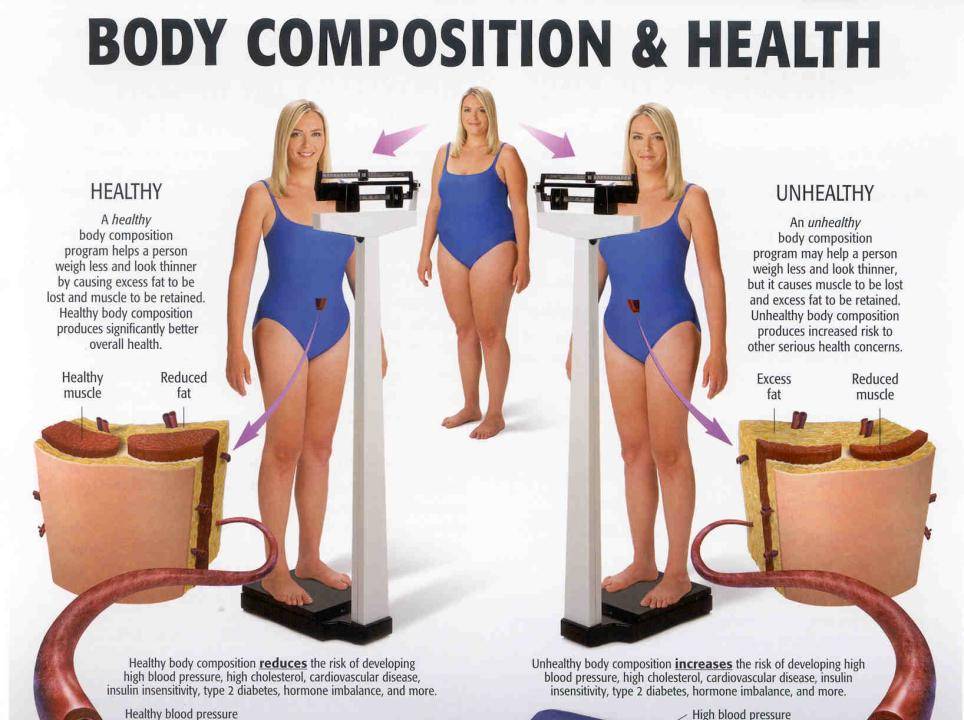 Here’s an all-too-common scenario that I’m sure many of you have encountered in your personal health and fitness journeys:
Here’s an all-too-common scenario that I’m sure many of you have encountered in your personal health and fitness journeys:
Week 0: First weigh-in. You record the number on your scales, then resolve never to see that number ever again. You set a goal weight to achieve, with diligent training, healthy dietary choices, and the guidance of an experienced personal trainer or exercise physiologist.
Week 4: Follow-up weigh-in #1. Much to your delight, after four weeks of consistency, your healthy habits have resulted in a small but significant weight loss…success!
Week 8: Follow up weigh-in #2. Another weigh-in, another small victory; the numbers keep dropping as you progress with your training. Though not yet at your goal weight, you are well on your way to achieving your aim.
Week 12: Follow-up weigh-in #3. You’re training strongly, eating well, and feeling great about your healthier body and mind. But…what’s this? The numbers on the scale have gone UP?! How can that be?! Your mind reasons that the only explanation is that something has gone horribly wrong…but has it, really?
Take a deep breath.
The numbers can (and often do) lie
Losing weight is a legitimate and important health and fitness goal for many people. But it’s important to remember that the numbers on the scale fail to tell the full story of your progress and success.
Basic weight scales provide a single number that sums up your entire body weight; that includes not only your fat stores, but also your water storage, your organs, lean muscle tissue, bones, connective tissue, and so on. But your body composition changes remarkably as you make lifestyle modifications, commit to training consistently, and adjust your eating patterns for a better life. After four weeks of making such changes, your health is already improving; your cardiovascular system becomes more efficient, your muscles gain in strength and function, and your general sense of wellbeing will also increase. However, none of these beneficial changes are measured in kilograms on a set of scales!
Nonetheless, it’s essential to track your progress throughout an exercise program or dietary intervention, so that you can celebrate your successes along the way and make any changes as necessary. While total body weight can be a deceiving measure, combining your regular weigh-ins with an assessment of your body’s fat-free mass can paint a clearer picture of your progress.
What is fat-free mass?
Fat-free mass includes all non-fat components of the body, e.g., muscles, bones, and water. Because adult bone mass is stable over short to moderate periods of time, regular measurements of fat-free mass tell the story of how your training is affecting your muscle mass.
Fat-free mass: why should I care?
Increased muscle mass from physical training improves your metabolism. By gaining muscle, your body becomes more efficient at producing energy for physical activity, and your body will also expend energy at a higher rate during rest, utilising stored fat to fuel the body in recovery. Furthermore, maintaining muscle mass is critical for older adults due to sarcopenia (the age-related loss of muscle mass).

How do you measure fat-free mass?
At Inspire Fitness, regular fitness assessments are an integral part of our service for all clients. Accurate measurements and ongoing consultations, conducted by our personal trainers and exercise physiologists, form the foundations for our expertly-prescribed, individually-tailored exercise programs. Within these fitness assessments, we use bioelectrical impedance analysis as a measure of body composition. Specifically, bioelectrical impedance analysis measures fat mass and fat-free mass, allowing us to monitor the effects of training on your health, fitness, fat loss, and muscle development.
Though your scale weight may not change or may even increase following a period of consistent training, don’t be disheartened! It may be that you’ve lost fat mass, but gained fat-free muscle mass! With appropriate body composition analysis, we can precisely determine whether this is the case, by measuring your fat-free mass over time.
Interested in understanding your body composition better? Click here to book a fitness assessment and body composition analysis with us today!
